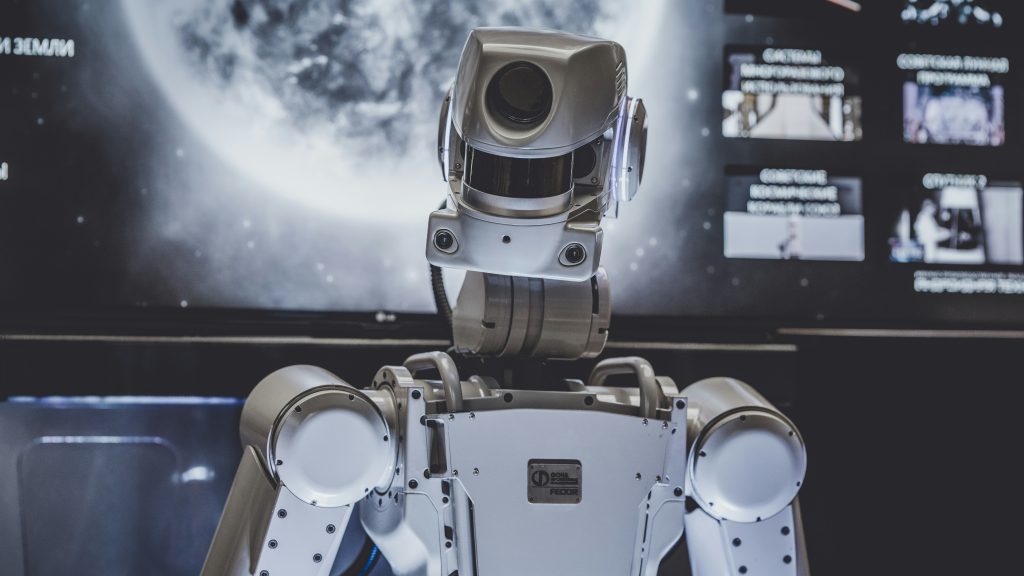Advanced robotics represents a frontier of technological innovation that is rapidly transforming industries, healthcare, and daily life. As robots become increasingly sophisticated, they are taking on more complex tasks and interacting with humans in unprecedented ways. This article explores the current state of advanced robotics, its applications, challenges, and the potential impact on our future.
The Evolution of Robotics
Robotics has come a long way since the first industrial robots were introduced in the 1960s. Today’s advanced robots are characterized by their ability to perceive their environment, process information, and make decisions autonomously. Key technological advancements driving this evolution include:
- Artificial Intelligence (AI) and Machine Learning
- Improved sensors and computer vision
- Advanced materials and actuators
- Cloud computing and edge processing
These developments have enabled robots to move beyond repetitive tasks in controlled environments to operate in dynamic, unpredictable settings alongside humans.
Applications in Industry
Manufacturing and Automation
Advanced robotics continues to revolutionize manufacturing processes. Collaborative robots, or “cobots,” work alongside human employees, enhancing productivity and safety. These robots can adapt to changes in production lines and perform intricate tasks with precision.
Logistics and Warehousing
In the logistics sector, autonomous mobile robots (AMRs) are streamlining warehouse operations. These robots can navigate complex environments, pick and pack items, and optimize inventory management, significantly improving efficiency and reducing costs.
Healthcare and Medical Robotics
Surgical Robots
Robotic surgery systems have become increasingly common in operating rooms worldwide. These systems offer enhanced precision, minimal invasiveness, and faster recovery times for patients. As the technology advances, we can expect to see more autonomous features in surgical robots.
Rehabilitation and Assistive Robotics
Advanced robotic exoskeletons and prosthetics are helping individuals with mobility impairments regain independence. These devices can adapt to users’ movements and provide personalized assistance, dramatically improving quality of life.
Exploration and Environmental Applications
Space Exploration
Robots are essential for space exploration, allowing us to gather data from hostile environments. Advanced rovers and autonomous spacecraft are pushing the boundaries of our understanding of the universe.
Environmental Monitoring and Conservation
Robotic systems are being deployed to monitor ecosystems, track wildlife, and assist in conservation efforts. Underwater robots explore the depths of our oceans, while drone swarms can monitor forests and agricultural lands.
Challenges and Ethical Considerations
As advanced robotics becomes more prevalent, several challenges and ethical considerations emerge:
Safety and Reliability
Ensuring the safety of robots operating in close proximity to humans is paramount. Robust testing, fail-safe mechanisms, and adherence to stringent safety standards are essential.
Job Displacement and Economic Impact
The increasing capabilities of robots raise concerns about job displacement. While robotics creates new job opportunities, there is a need for workforce retraining and adaptation to changing labor markets.
Privacy and Security
As robots collect and process vast amounts of data, ensuring privacy and protecting against cyber threats become critical challenges.
Ethical Decision-Making
As robots become more autonomous, questions arise about their decision-making processes, especially in scenarios with ethical implications. Developing frameworks for ethical AI and robot behavior is an ongoing area of research and debate.
The Future of Advanced Robotics
Looking ahead, several trends are likely to shape the future of advanced robotics:
Human-Robot Interaction
As robots become more integrated into our daily lives, natural and intuitive human-robot interaction will be crucial. Advancements in natural language processing and emotional intelligence will enable more seamless communication between humans and robots.
Swarm Robotics
Coordinated groups of simple robots working together to accomplish complex tasks represent a promising area of research. Swarm robotics has potential applications in search and rescue, environmental monitoring, and construction.
Soft Robotics
Inspired by biological systems, soft robots made from flexible materials offer new possibilities for safe human-robot interaction and adaptability to diverse environments.
Neuromorphic Computing
Brain-inspired computing architectures could lead to more efficient and adaptable robots, capable of learning and decision-making more akin to biological systems.
Advanced robotics stands at the intersection of multiple cutting-edge technologies, promising to reshape our world in profound ways. From enhancing industrial productivity to revolutionizing healthcare and exploration, robots are becoming indispensable tools for addressing complex challenges.
As we navigate this robotic revolution, it is crucial to balance technological advancement with ethical considerations and societal impact. By doing so, we can harness the full potential of advanced robotics to create a future where humans and robots work together to solve global problems and improve quality of life for all.
The field of advanced robotics continues to evolve rapidly, driven by innovations in AI, materials science, and computing. As these technologies mature, we can expect to see even more remarkable applications and capabilities emerge, further blurring the lines between science fiction and reality.


